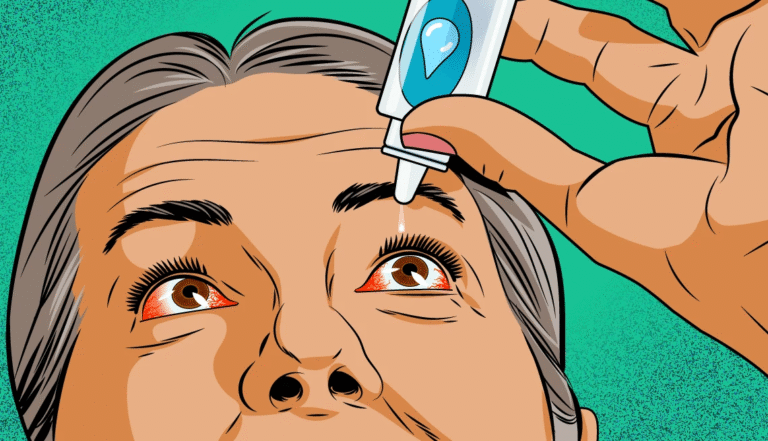Tips To Promote Wound Healing After a Surgical Procedure

After a surgical procedure, the body begins a complex process of tissue repair that depends on proper care and attention. How a wound is treated in the days and weeks following surgery can influence the speed and quality of recovery. Patients play a direct role in this process by managing hygiene, activity, and nutrition. Wound care supports both the external healing of the incision site and the internal repair of tissues. Following medical guidance and adopting consistent habits can reduce complications and improve outcomes over time.
Keep the Wound Site Clean and Dry
Cleanliness is one of the most effective ways to reduce the risk of infection during healing. After surgery, providers usually apply a sterile bandage that protects the wound from exposure. Patients are typically instructed to avoid getting the area wet until given clearance to do so.
Once regular cleaning is permitted, using mild soap and water—without scrubbing—helps remove debris while maintaining the skin’s natural barrier. Patting the area dry with a clean towel prevents irritation. Wound care routines should never involve harsh chemicals, alcohol, or abrasive materials unless specifically directed by a provider.
Follow Dressing Instructions Carefully
The type of dressing applied to a surgical wound depends on the location, size, and depth of the incision. Some wounds require moisture-retaining dressings to support tissue regeneration, while others may benefit from breathable coverings that allow the area to dry out slightly. Patients should follow instructions on how often to change bandages, what materials to use, and whether to apply topical ointments. Improper handling or frequent touching of the wound can introduce bacteria and disrupt the healing environment. If a dressing becomes soaked, dislodged, or visibly soiled, it should be replaced as soon as possible using clean hands and sterile materials.
Limit Strain and Movement Around the Area
Physical strain can interfere with healing by placing pressure on the wound or causing the incision to reopen. Providers typically recommend modified movement in the days after surgery to prevent tension at the site. This may involve avoiding bending, lifting, or twisting, depending on the procedure. Even small movements can stretch healing tissue and delay closure.
Supportive devices like braces or compression wraps may be used to stabilize the area during recovery. Wound care includes respecting these restrictions and gradually increasing activity only as directed by the care team. Overexertion in early stages can create setbacks that extend the recovery timeline.
Maintain a Nutrient-Rich Diet
Wound healing requires energy and nutrients to rebuild tissue, fight infection, and restore circulation. Protein plays a key role in cell repair, while vitamins A and C, zinc, and iron contribute to immune support and collagen production. Patients recovering from surgery benefit from eating balanced meals with whole grains, lean protein, fruits, and vegetables. Staying hydrated also aids in circulation and cellular function, which supports faster recovery. Wound care is more effective when the body has the tools it needs to rebuild from within. Providers may recommend supplements if dietary intake is limited or if the patient has specific nutritional needs.
Monitor for Signs of Infection or Delay
Watching for changes at the incision site helps catch problems before they become more serious. Redness, swelling, warmth, or unusual drainage may indicate infection and require medical evaluation. Fever, fatigue, or foul odor coming from the wound also signal the need for immediate attention.
Even wounds that initially look healthy can develop complications if not observed closely. Patients should contact their provider if pain worsens unexpectedly or if the wound begins to open or bleed. Consistent monitoring is a critical part of wound care, especially during the first two weeks when healing activity is at its peak.
Understand Wound Care
Healing from surgery involves more than just rest—it requires daily attention to wound care, nutrition, and physical limits. Patients who stay involved in their recovery process often experience fewer complications and smoother outcomes. Avoiding tobacco, managing blood sugar, and reducing stress also support better wound repair. Good habits reinforce the body’s natural healing systems and protect against delayed closure or infection. While the provider offers the roadmap, the patient’s choices shape the healing journey. Careful attention to the wound and the overall recovery process creates the conditions for strong, lasting results.
- What to Expect When Visiting a Foot and Ankle Specialist
- Causes of PTSD
- The Link Between Plantar Fasciitis and Weight Gain: What You Need to Know
- How Pet Ownership Can Positively Impact Life with Fibromyalgia
- The Importance of Stretching and Flexibility in Sports Medicine
Dr. Emma Green is a health and wellness expert with over 10 years of experience in nutrition and fitness. Passionate about helping others live their healthiest lives, Dr. Green shares practical advice on wellness, nutrition, and sustainable living through LivingSpristine.






